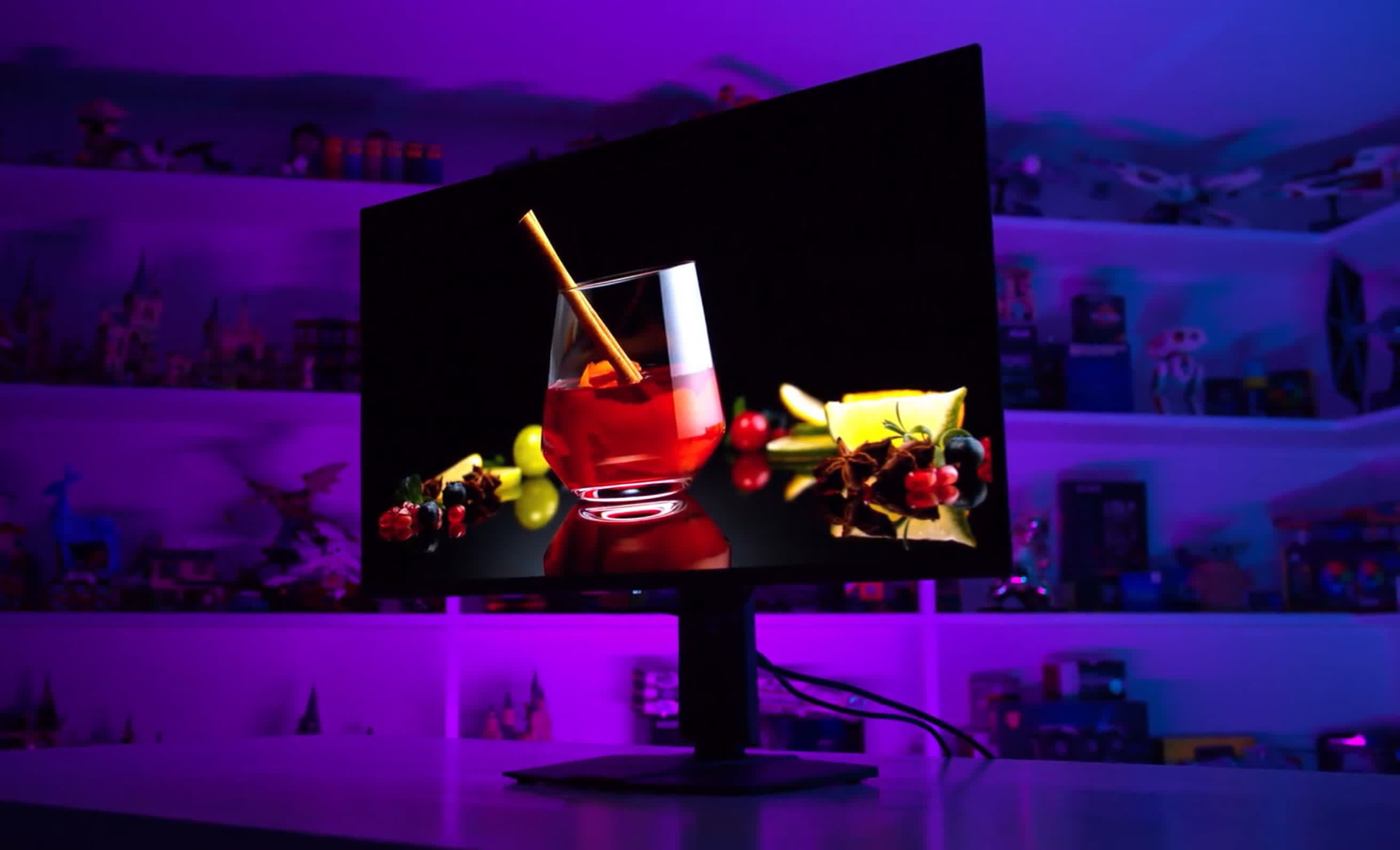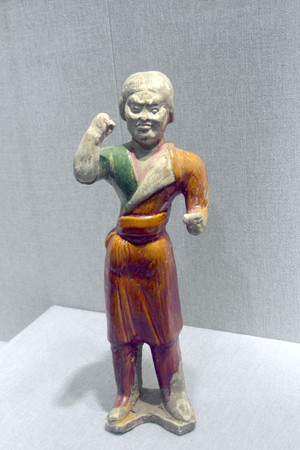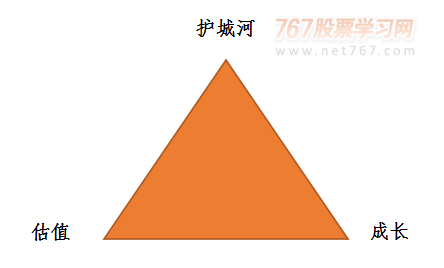The OLED Burn
We've been using the MSI MPG 321URX QD-OLED exclusively as a productivity monitor for the last six months,关键字1 and it's time to check in to see how the panel is holding up in terms of burn-in. Not much has changed in how we've been using this monitor – we've really been pushing it with a worst-case usage scenario for OLED – but there have been a few changes compared to the last time we checked for burn-in.
If you missed the last two updates, we recommend going back and checking out at least the initial article to get an idea of the setup we're using and why we've chosen MSI's 4K 240Hz QD-OLED gaming monitor as our workstation display.
Essentially, the idea here is to perform a real-world test of OLED longevity in the worst possible configuration, effectively burning in the display on purpose. We swapped a 32-inch 4K IPS LCD for this new QD-OLED and changed nothing else about the setup – no dark mode, no screensavers, or anything like that – to see if OLED monitors can truly be used as LCD-equivalent productivity displays long-term.

I use my monitor more than 8 hours a day, sometimes continuously, with no breaks for the display to turn off and rest. This leads to hours upon hours of static usage in applications like web browsers, Microsoft Office (including Excel), and production tasks like Adobe Premiere and Photoshop. With virtually no content consumption and zero gaming in our daily use of this display, this is not how we recommend usingan OLED at all, though it's a use case that has been perfectly fine for LCDs for a long time.
After one month of usage, the MSI 321URX showed no signs of burn-in at all, which was expected. At that point, we'd used the monitor for about 200 to 250 hours. After three months, we started to see faint signs of burn-in, and by that time, we'd used the display for approximately 650 to 750 hours with 71 panel compensation cycles.

Six months into this experiment, we estimate the usage to be between 1,200 and 1,500 hours, and the monitor indicates that it has run 141 compensation cycles. This aligns with what we reported previously – about double the usage and about double the compensation cycles. We're still seeing around 9 to 10 hours of usage at 200 nits of brightness per compensation cycle.
As we mentioned in the last update, the recommended rate for panel protection cycles is every four hours, so in our typical usage, it's running less than half as often as is ideal. However, this is a totally realistic scenario for someone using this display for full-time work, especially if you don't put the monitor to sleep during breaks. We've set the display to sleep after two hours, which is far longer than we would recommend for general OLED use, but it's the same setting we used for our LCD.
(责任编辑:水中,鱼的眼泪)
- ·9月1日起广州旅行社不得强迫游客消费
- ·The Machines Calling Balls and Strikes
- ·高二想象作文:贯创新内核,逐时代浪豗
- ·选股要点:有门槛的成长股
- ·NBA总决赛赔率:雷霆呈一边倒 SGA比肩詹姆斯?
- ·Cost Per Frame: Best Value Graphics Cards in Early 2025
- ·2024年台积电美国厂再亏损 南京厂盈利表现佳
- ·7 Samsung Galaxy S25 settings you should change ASAP
- ·Pacers vs. Knicks 2025 livestream: Watch Game 3 of NBA playoffs for free
- ·Le Mans 2025 livestream: Watch 24 Hours of Le Mans for free
- ·三部门联合发布典型案例 护航未成年人健康成长
- ·高二想象作文:诗意创新
- ·打破国际垄断!碧水源推动医药膜国产化替代
- ·联想thinkpad t430装win7如何设置BIOS
- ·小黑盒怎么领取epic游戏
- ·Apple's iOS 26 includes improved Photos and Camera apps
- ·The Weird World of AI Hallucinations
- ·เช้านี้ค่าฝุ่นในประเทศอยู่ในเกณฑ์มาตรฐาน อยู่ในระดับดีมาก
- ·นายกฯ ห่วงสถานการณ์ความตึงเครียดระหว่างอิสราเอลกับอิหร่าน สั่ง กต.จัดตั้งศูนย์ RRC ช่วยเหลือคนไทย
- ·复古传奇SF:如何破解法师的魔法盾?









